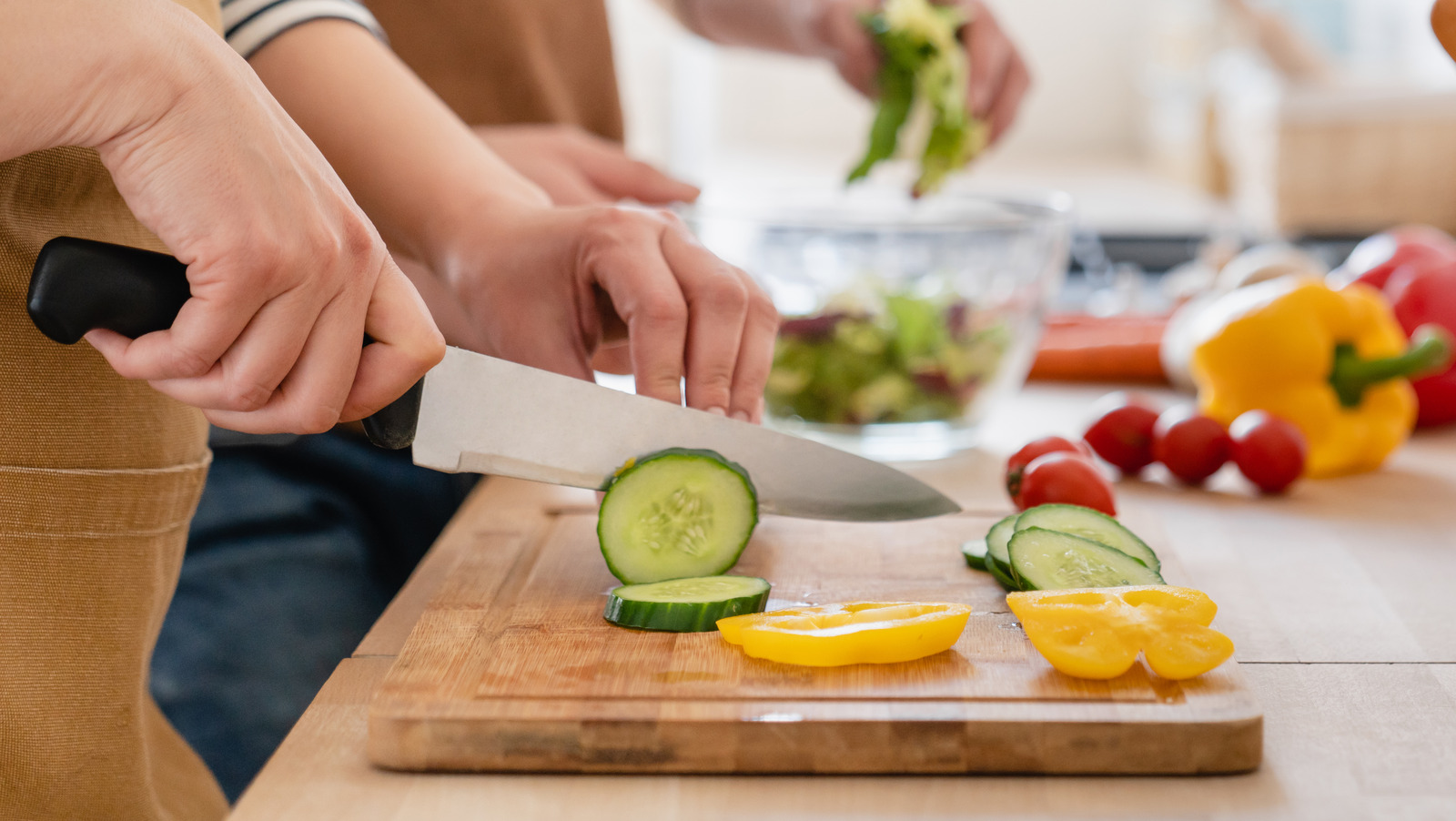How to Care for Rubberwood Cutting Board: Exclusive Tips for BBQ Fans
Written By James Morgan
It's here: the ultimate guide on how to care for rubberwood cutting board, tailor-made for BBQ enthusiasts!
Rubberwood cutting boards are known for their durability, eco-friendliness, and affordability. However, to maximize their lifespan, proper care is essential. In this article, we'll delve into the remarkable ways to maintain your rubberwood cutting boards and keep them in pristine condition.

Why Rubberwood is a Terrific Choice
Rubberwood has become increasingly popular among BBQ enthusiasts. But why exactly is it such a tremendous choice?
Eco-Friendly and Sustainable
Rubberwood comes from the rubber tree, which is harvested for latex. Once the tree stops producing latex, it is then used for timber. This makes rubberwood an environmentally approved choice since it utilizes trees that would otherwise go to waste.
Sturdy and Long-Lasting
Rubberwood is dense and resistant to heavy use, making it perfect for barbecue aficionados who need a reliable cutting surface. It's less likely to warp or crack compared to other woods.

Initial Steps: Prepping Your New Cutting Board
When you first bring home a rubberwood cutting board, it requires some prep work to ensure longevity.
Seasoning Your Board
Seasoning your cutting board involves applying a generous coat of food-safe mineral oil. The oil penetrates the wood, creating a protective layer that keeps moisture out and minimizes cracking.
For a detailed guide on seasoning, check out this resource.

Daily Care: The Dos and Donts
Now that your board is seasoned, its time to discuss its daily maintenance.
Cleaning After Every Use
After each use, rinse your cutting board with hot water and mild dish soap. Avoid soaking it in water for prolonged periods, as this can cause the wood to swell and warp.
Avoid Harsh Chemicals
Steer clear of bleach or any other harsh chemicals. They can damage the wood fibers and compromise the board's longevity.
Sanitize Periodically
Periodically, sanitize your board with a vinegar-water solution or a diluted bleach solution. This helps to eliminate bacteria and keeps your board in top shape.

Deep Cleaning Techniques
Sometimes, a little extra care is needed, especially if you've been working with raw meat or fish.
Salt and Lemon Scrub
Sprinkle coarse salt over the surface and rub it in with a lemon half. This natural method is effective for removing stains and preventing odors.
Baking Soda Paste
Create a paste with baking soda and water, apply it to the cutting board, and scrub. This method is excellent for lifting stubborn stains.
Long-Term Maintenance
Long-term care involves periodic treatments to keep your board looking and performing its best.
Re-Oiling Regularly
Periodically re-apply food-safe mineral oil to maintain its moisture resistance. This is especially important if you use the board frequently.
Resurfacing the Board
If your cutting board is showing signs of serious wear, consider sanding it down to refresh the surface. Finish by seasoning it with oil again.
Dealing with Cracks and Splits
Even with the best care, cracks can sometimes appear. Use wood glue to bond small cracks, and always keep the board well-oiled to prevent further splitting.
FAQ Section
Q1: Can I Put My Rubberwood Cutting Board in a Dishwasher?
No, dishwashers can cause the wood to swell and warp. Always hand wash your cutting board.
Q2: How Often Should I Oil My Cutting Board?
It's best to oil your cutting board once a month, or more frequently if you use it often.
Q3: What's the Best Way to Remove Odors from My Cutting Board?
Using a lemon and salt scrub is highly effective for removing stubborn odors.
As an Amazon Associate, I earn from qualifying purchases.
For more tips, check out this guide on making a cutting board holder. If you're curious about the importance of using a cutting board, read this article. Want to make a corner cutting board? Heres how.



